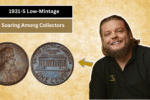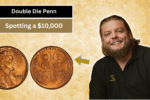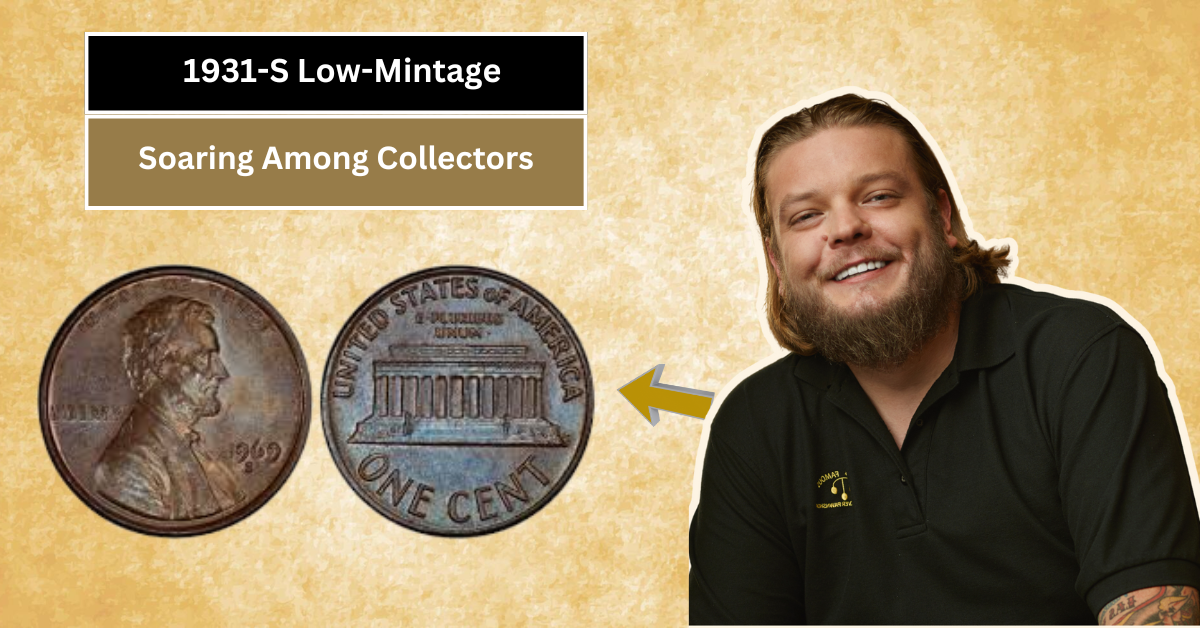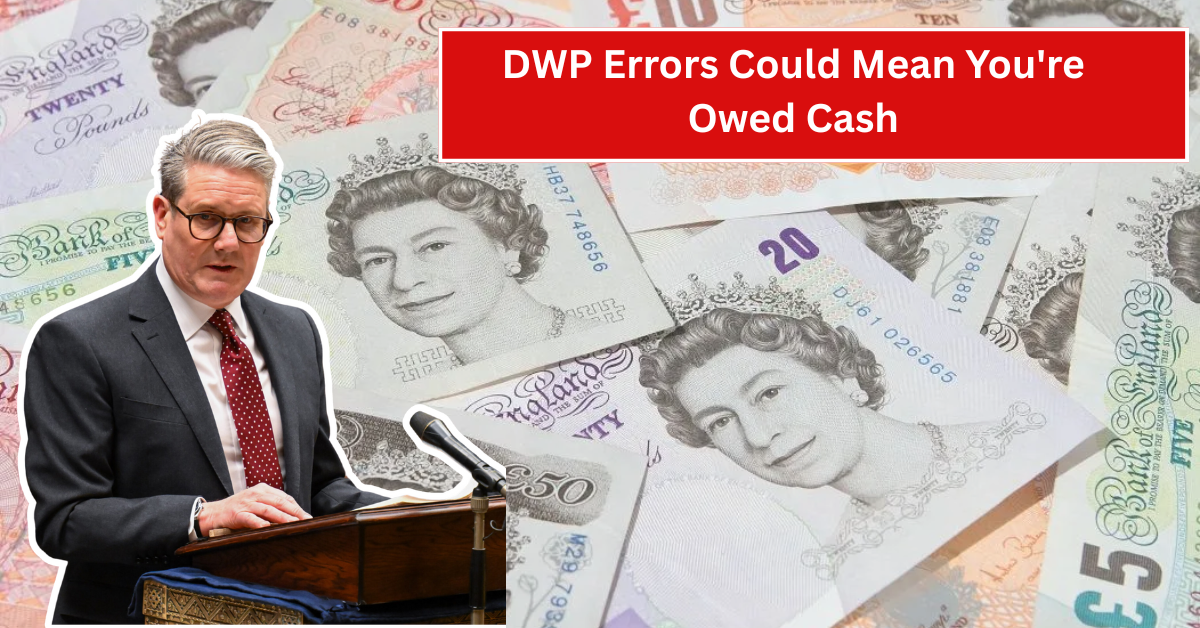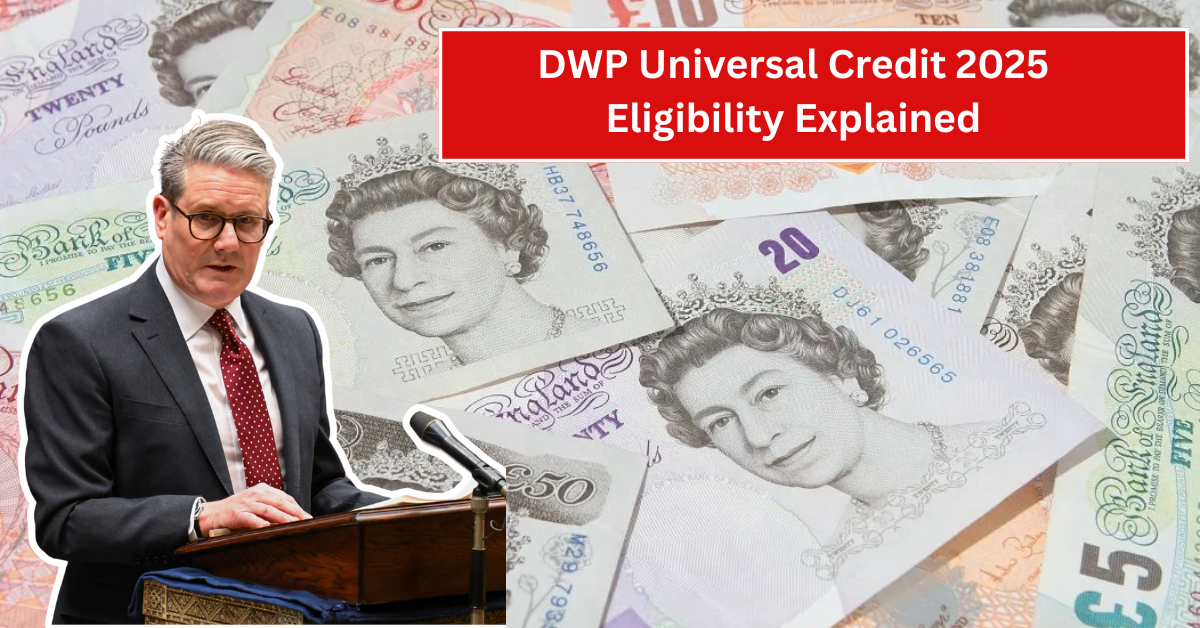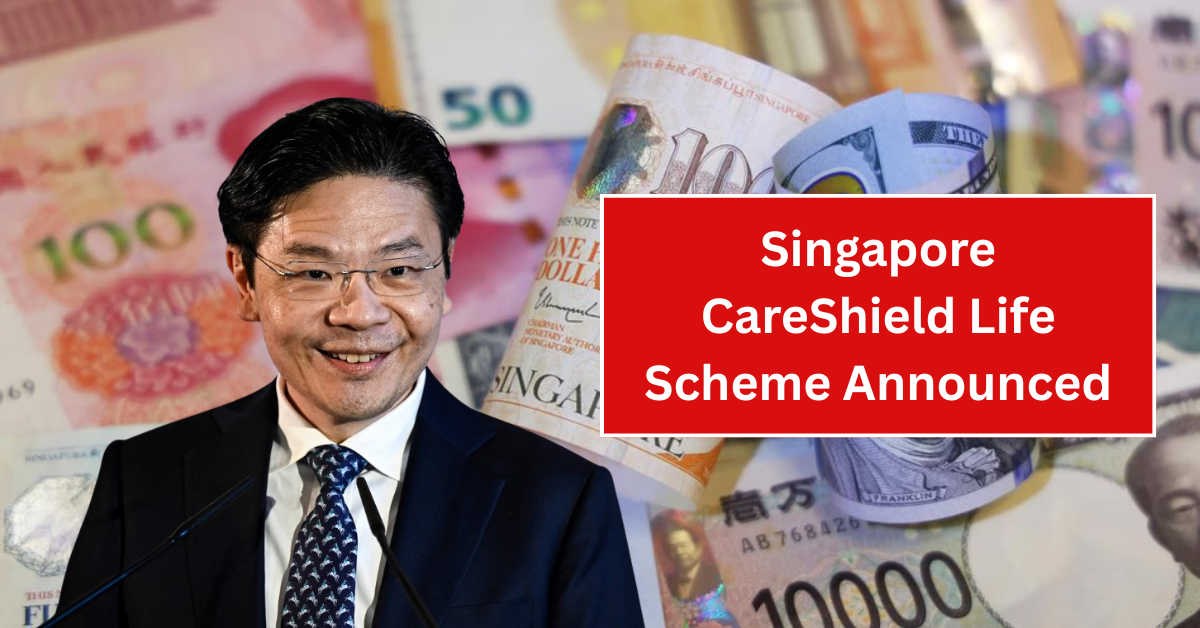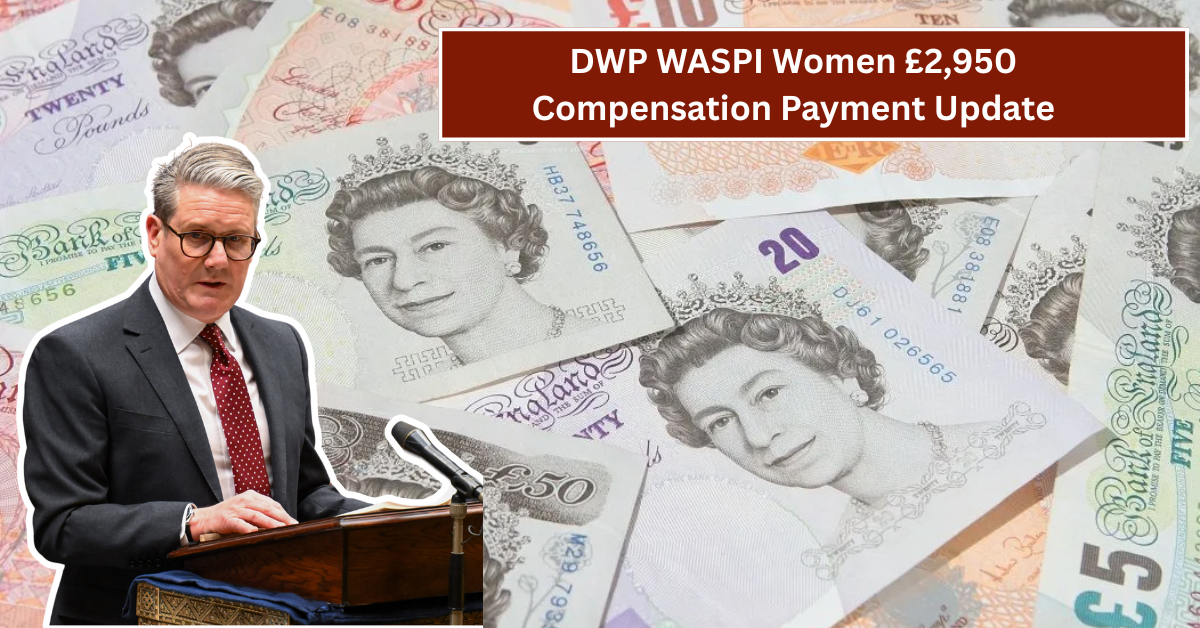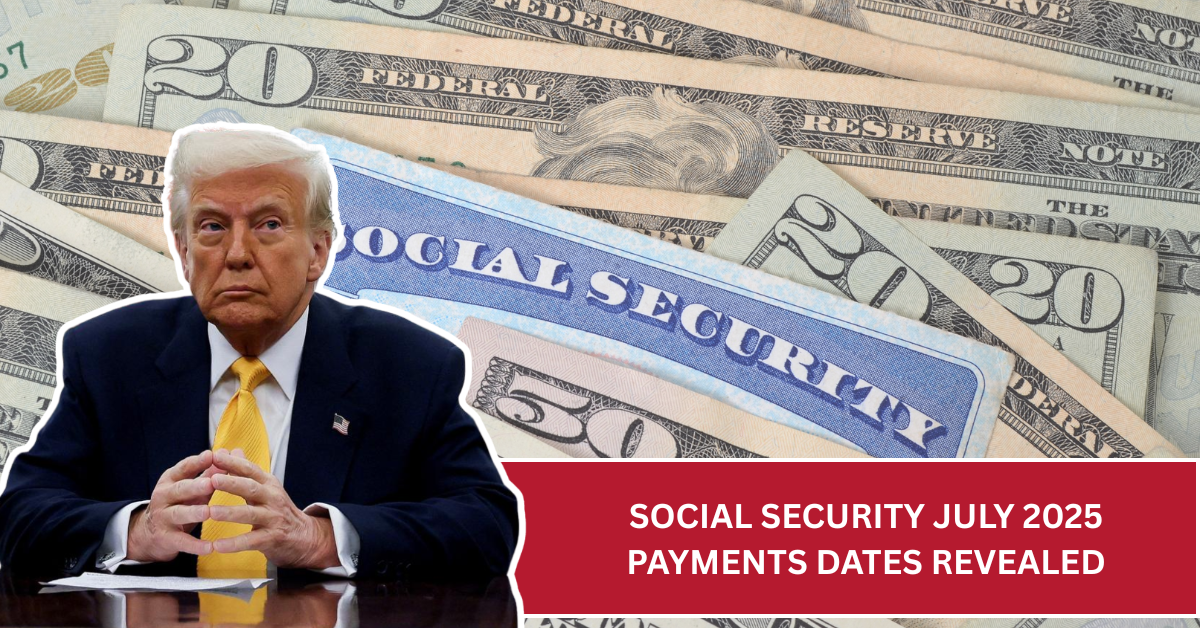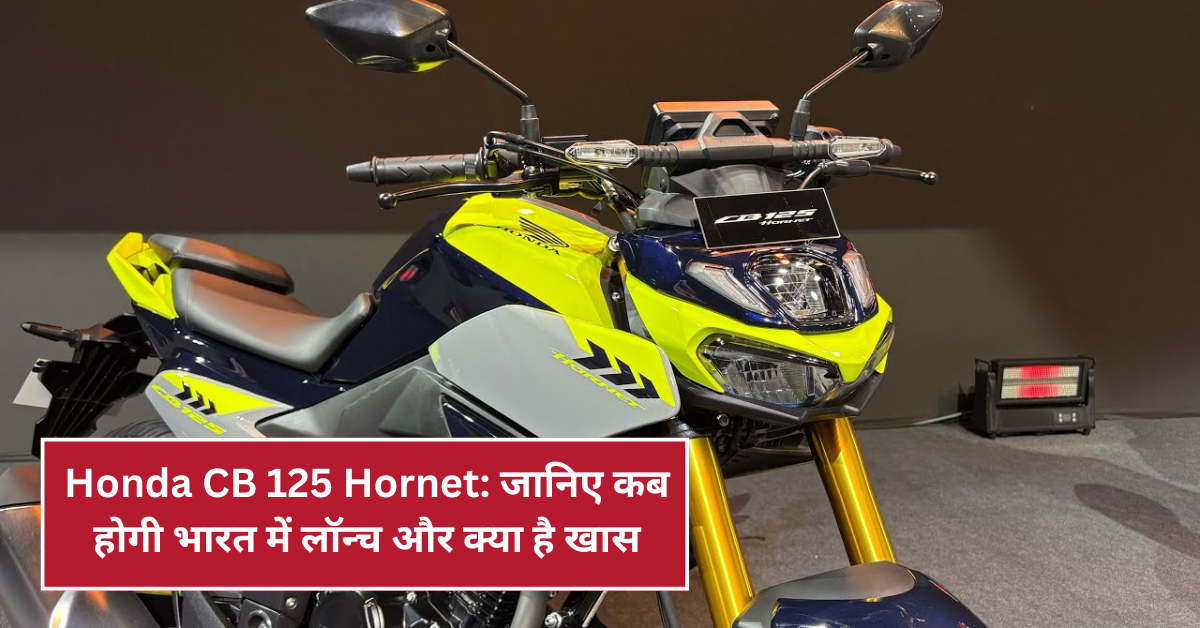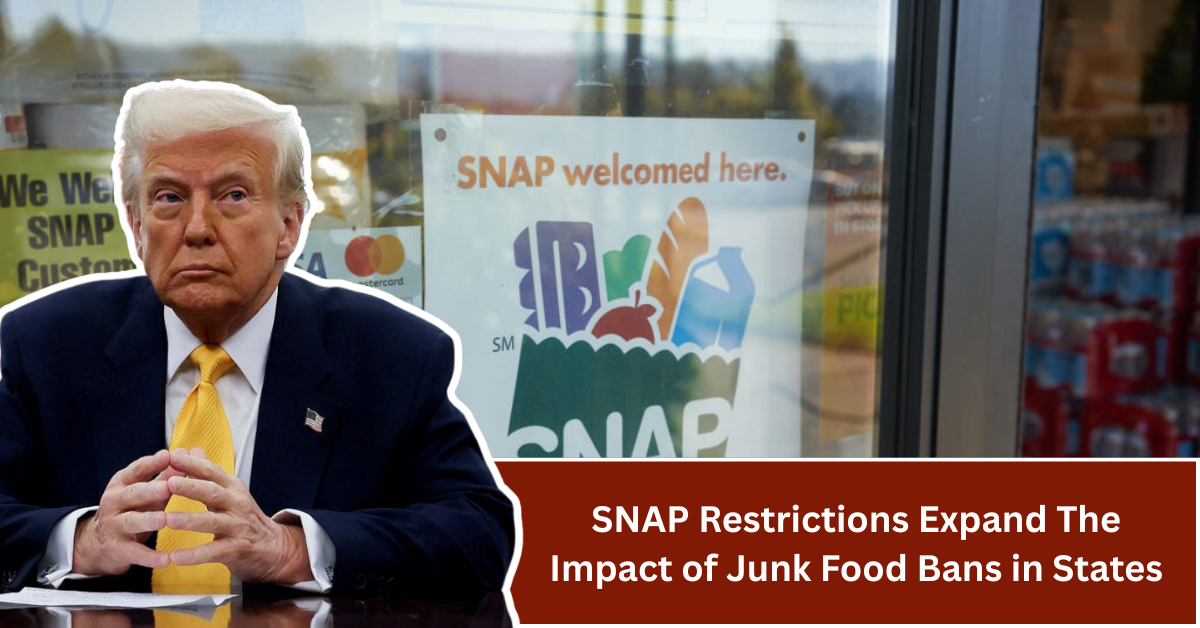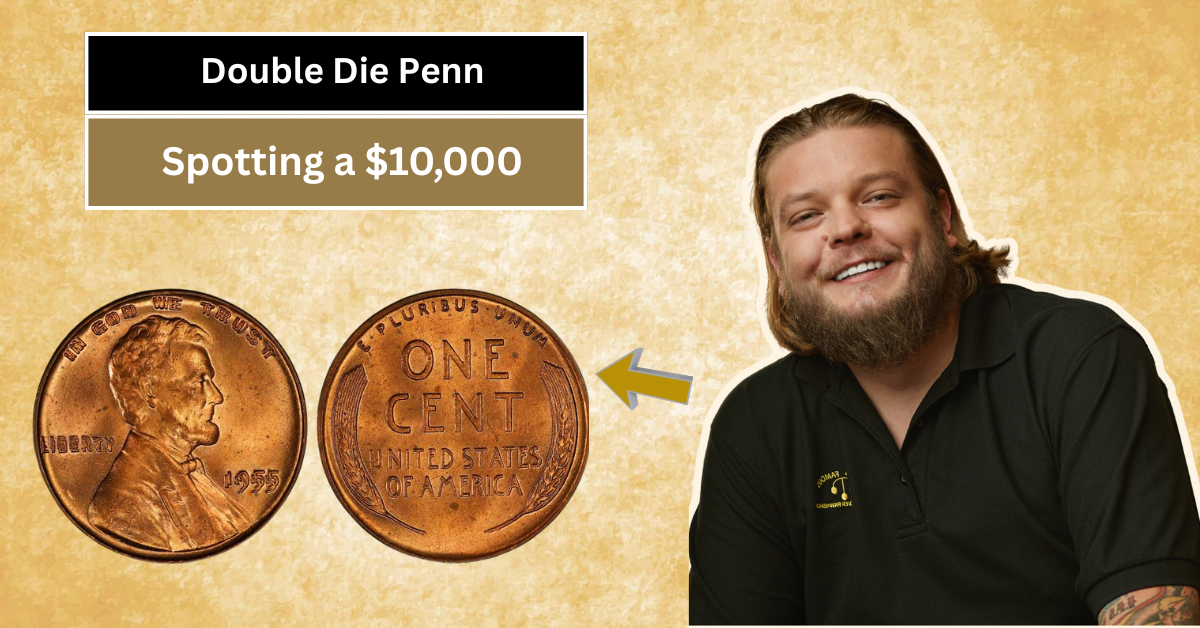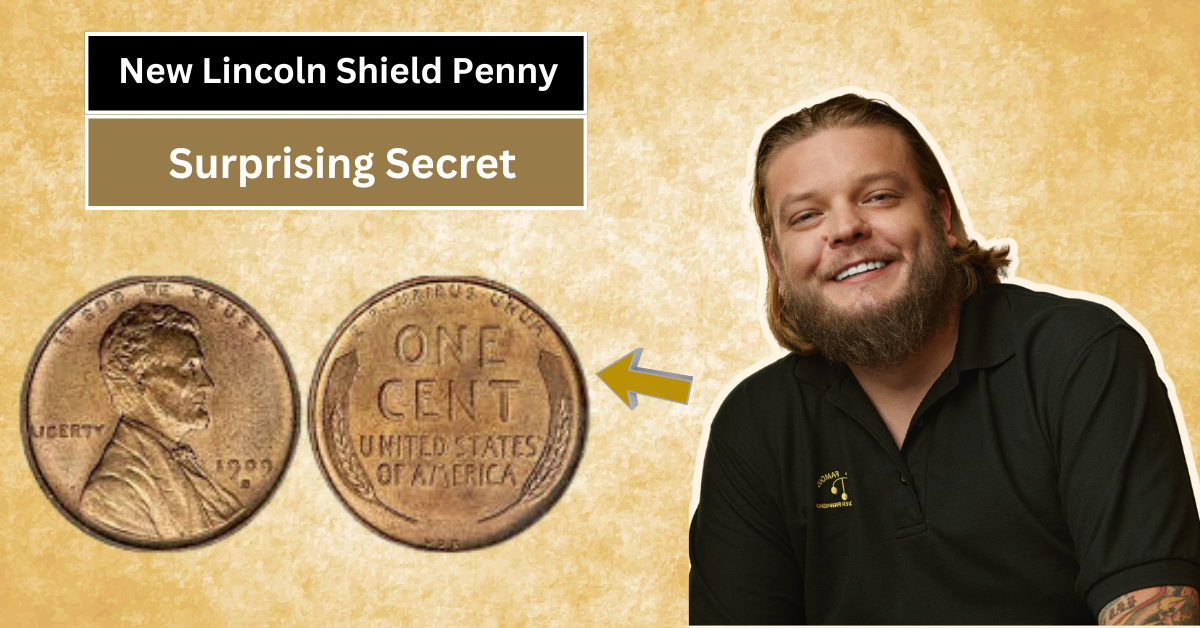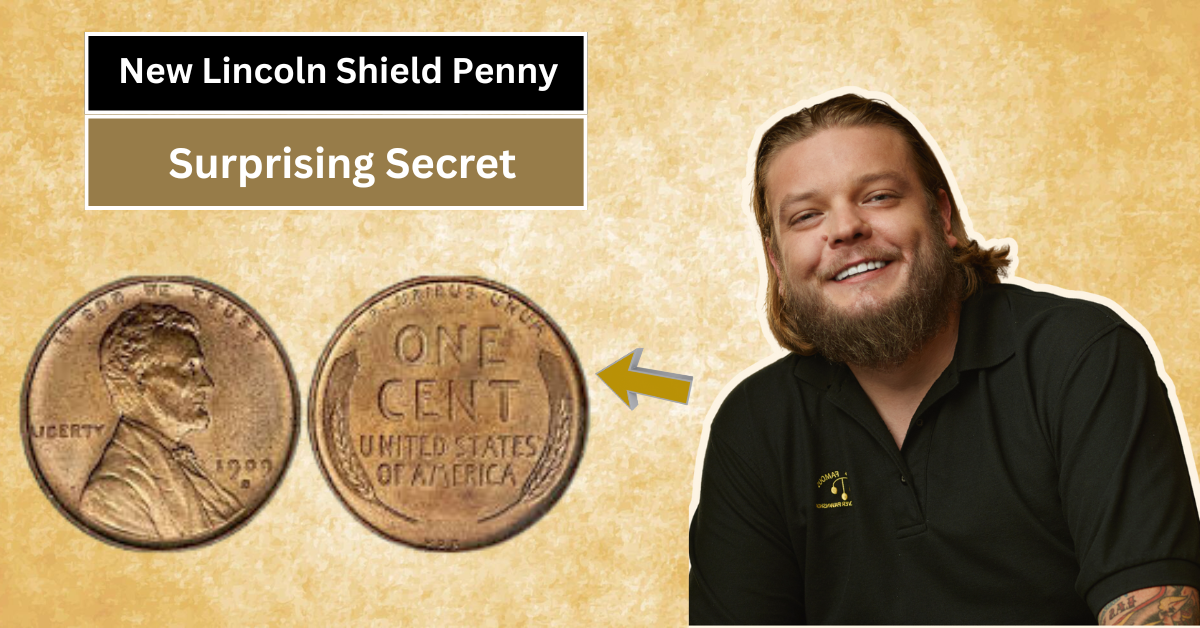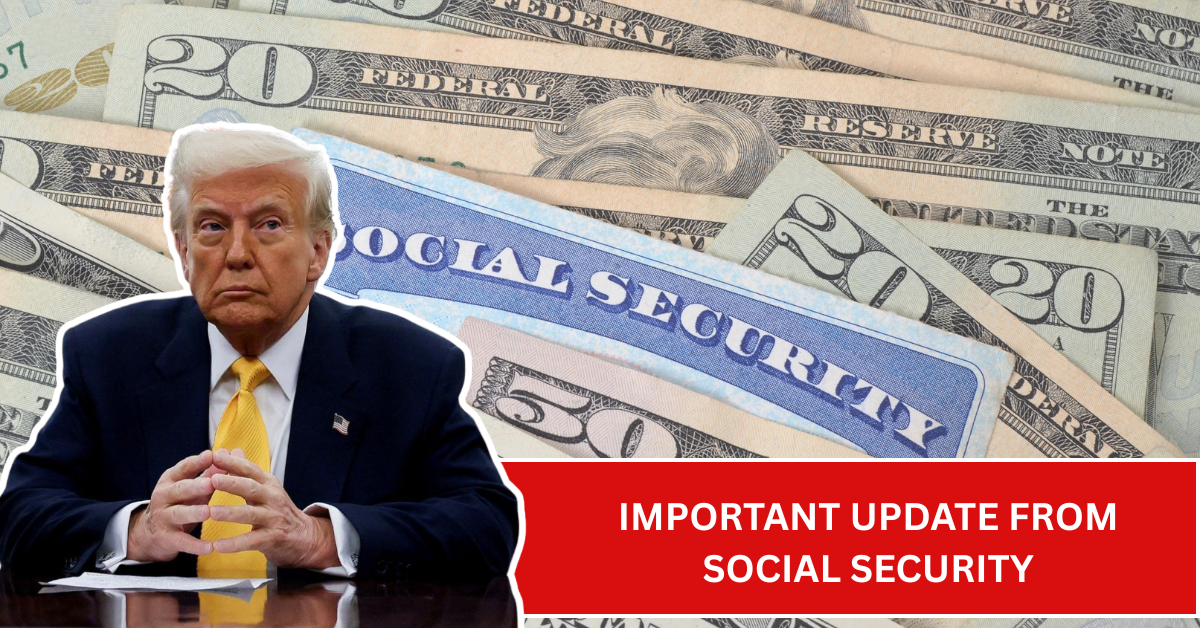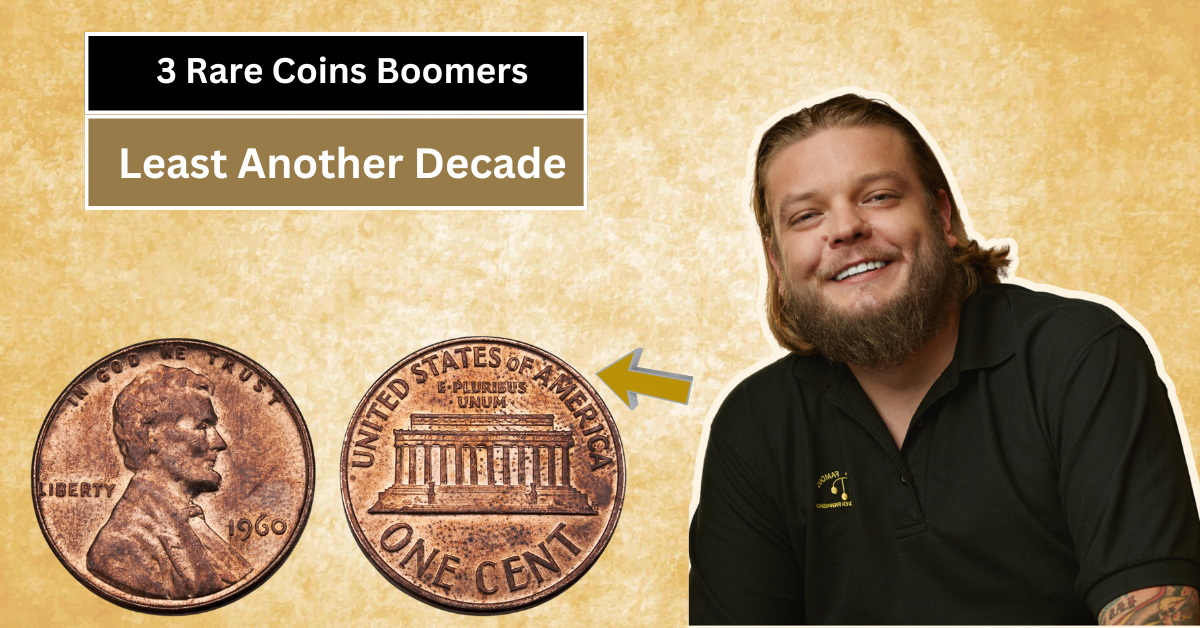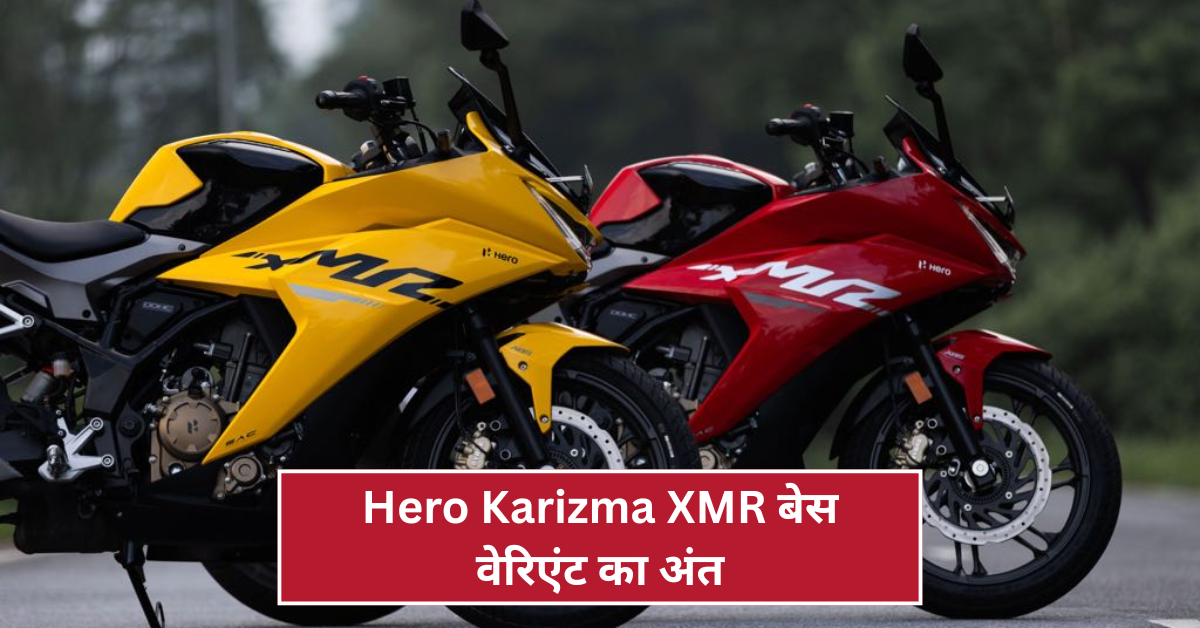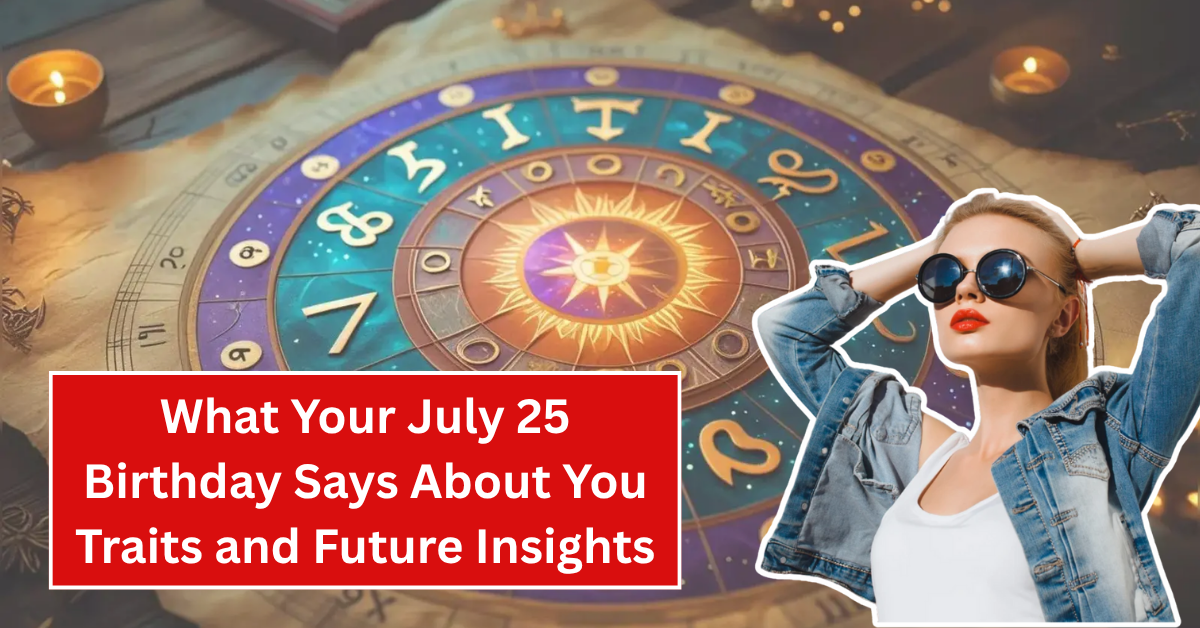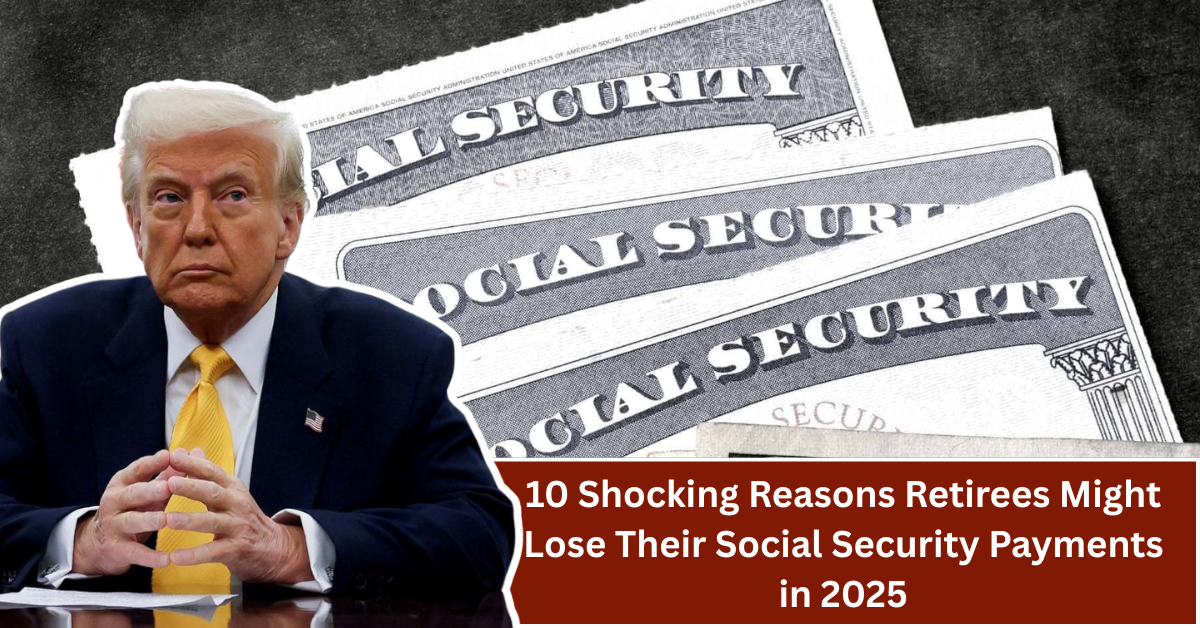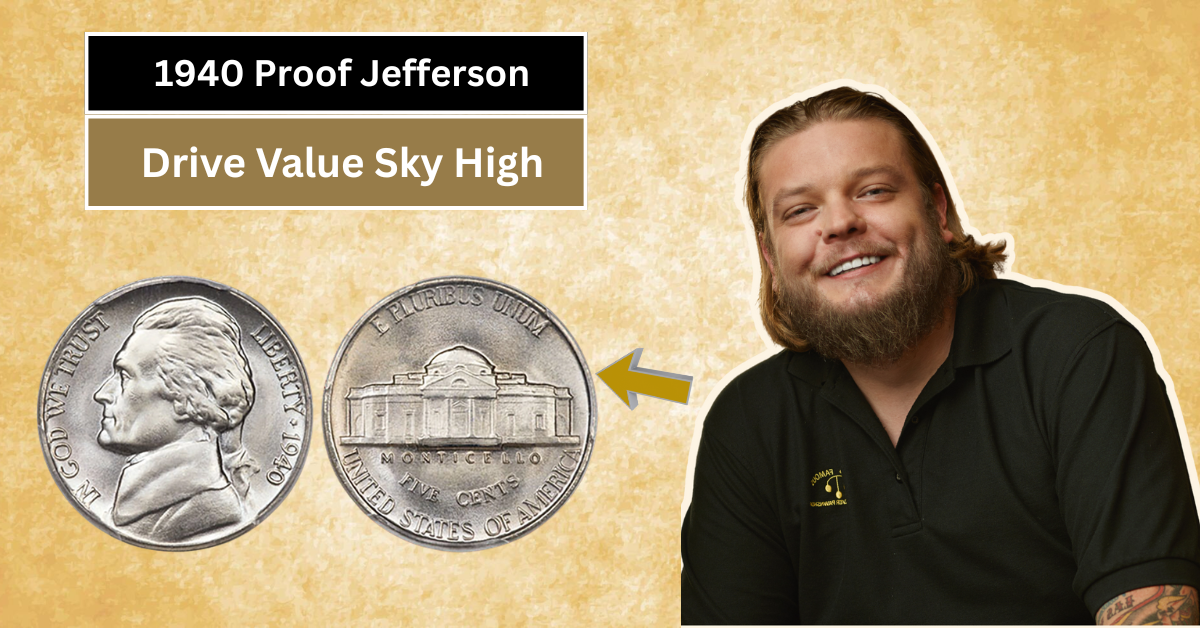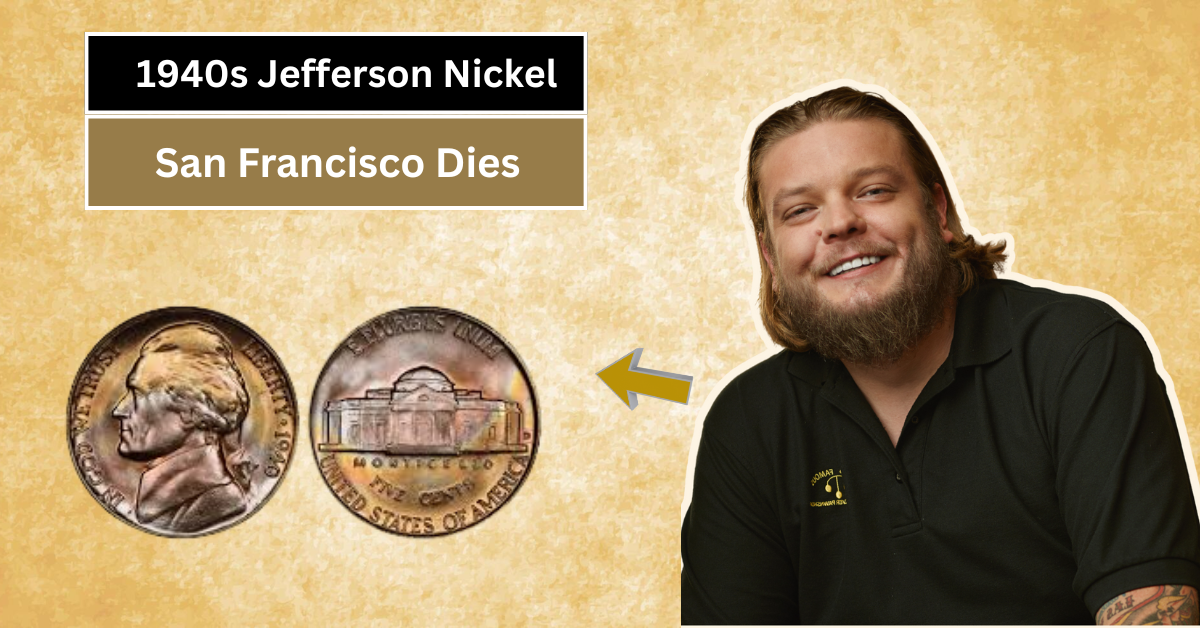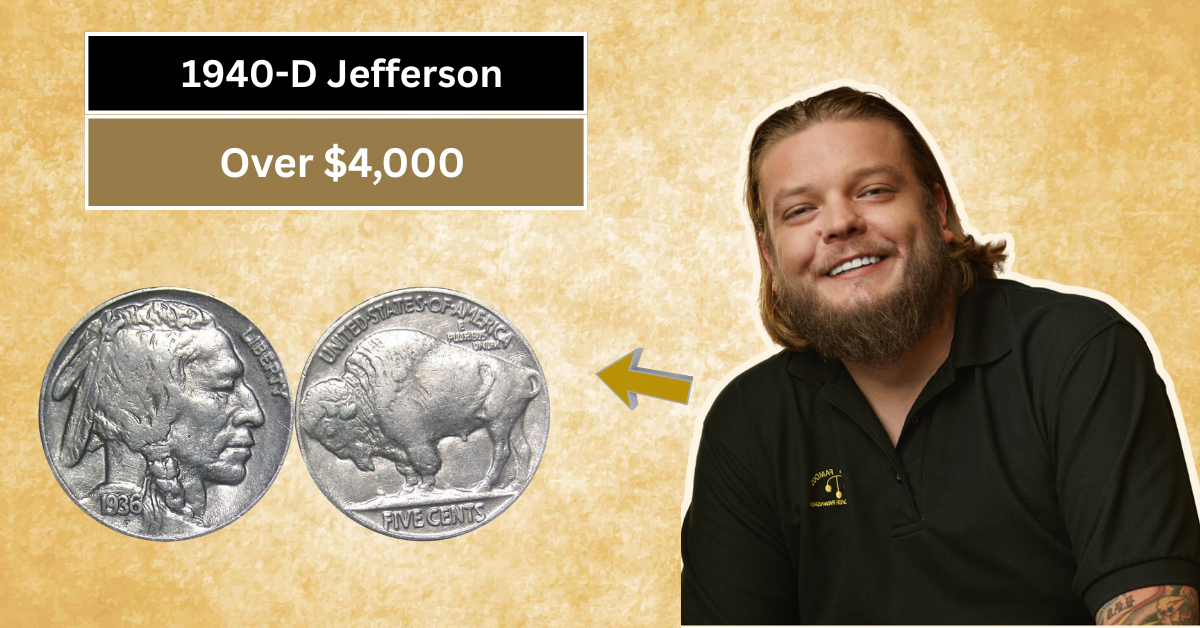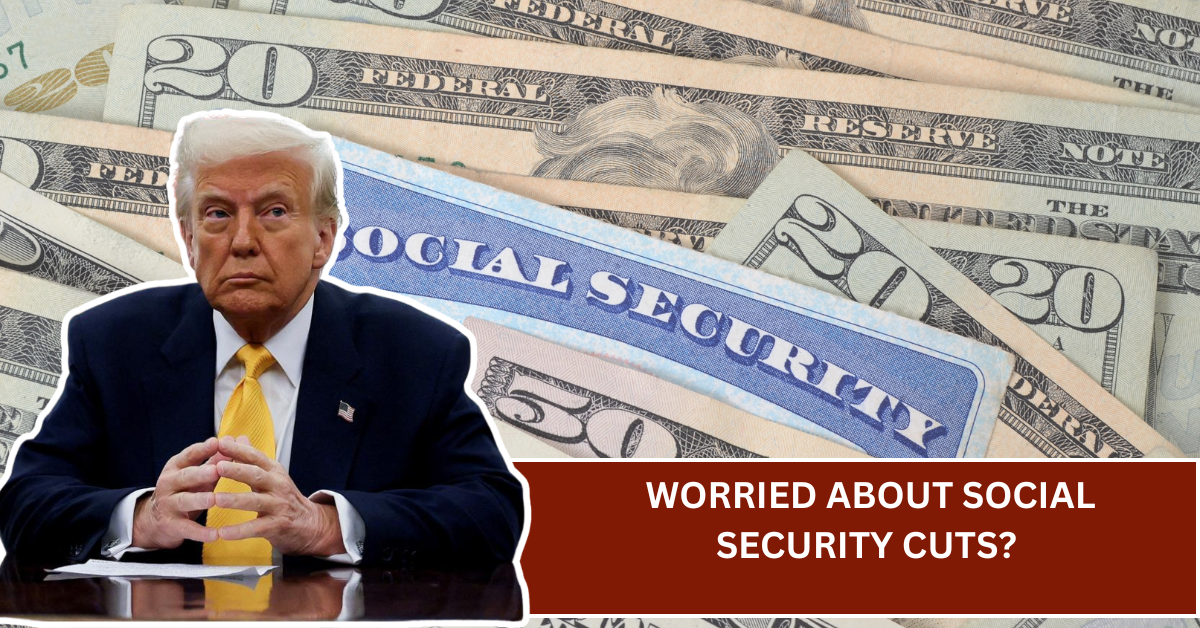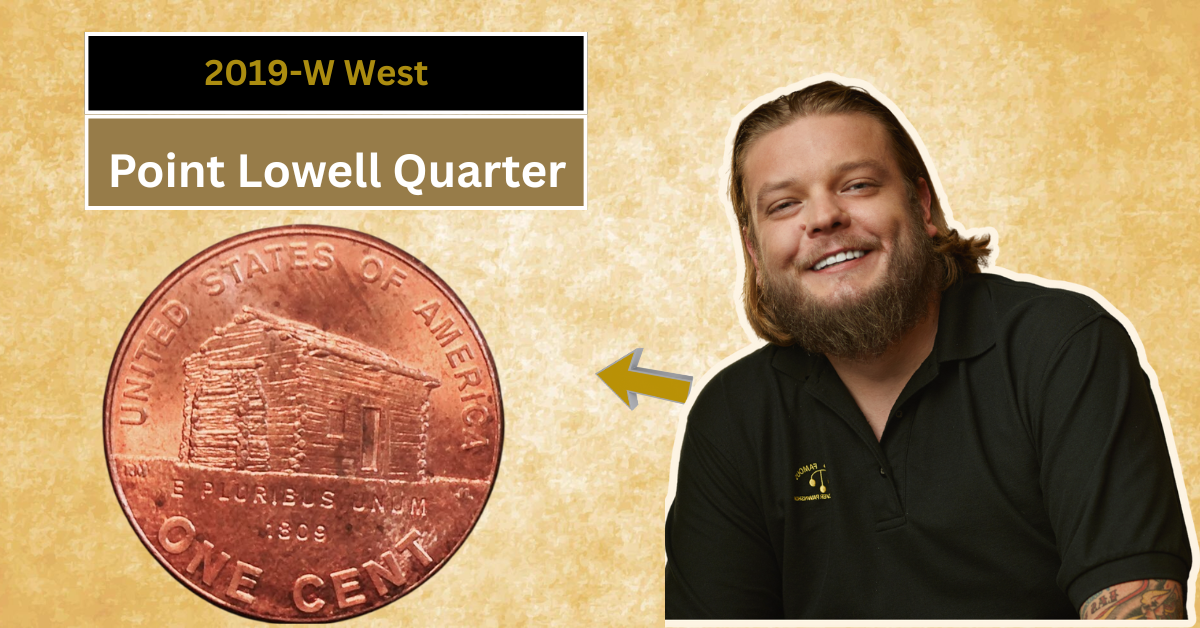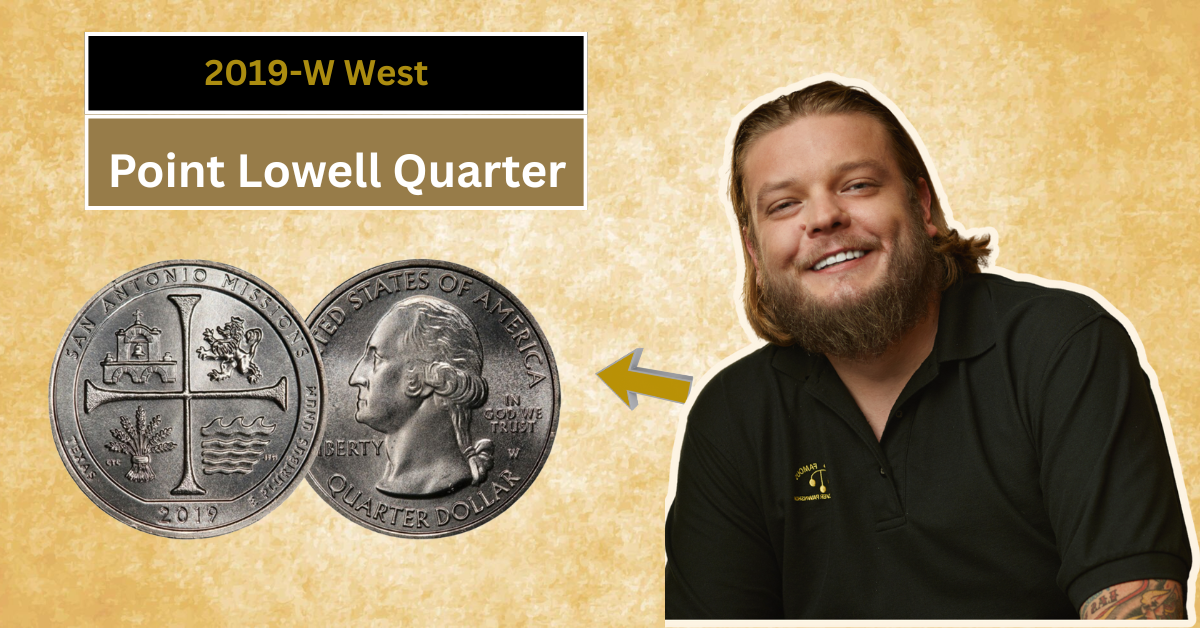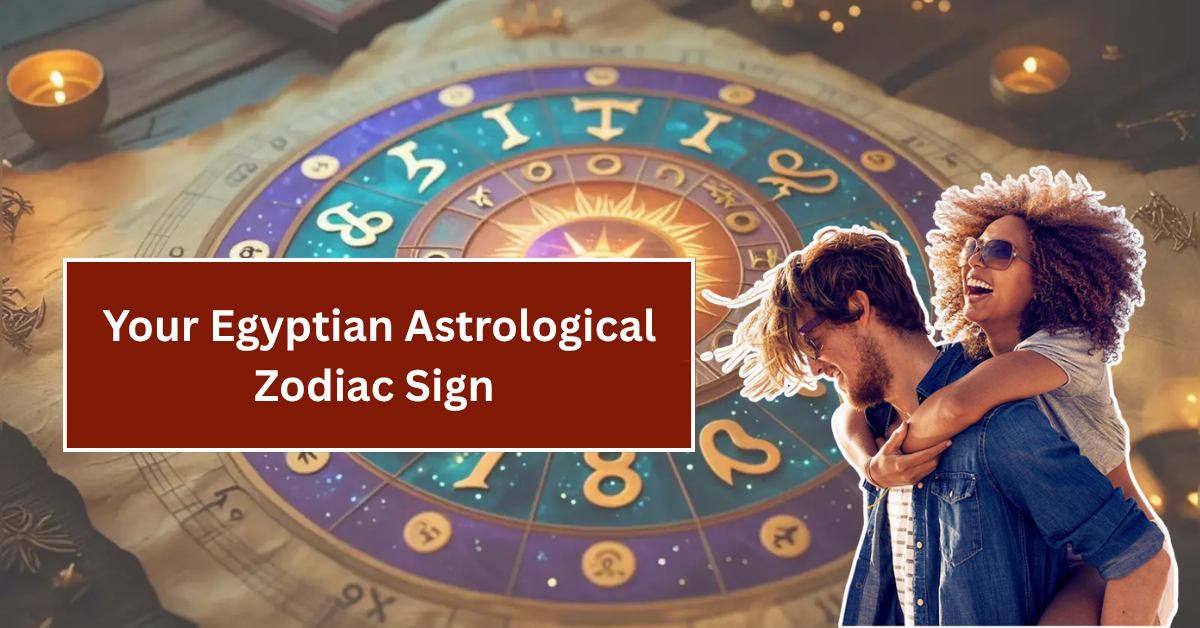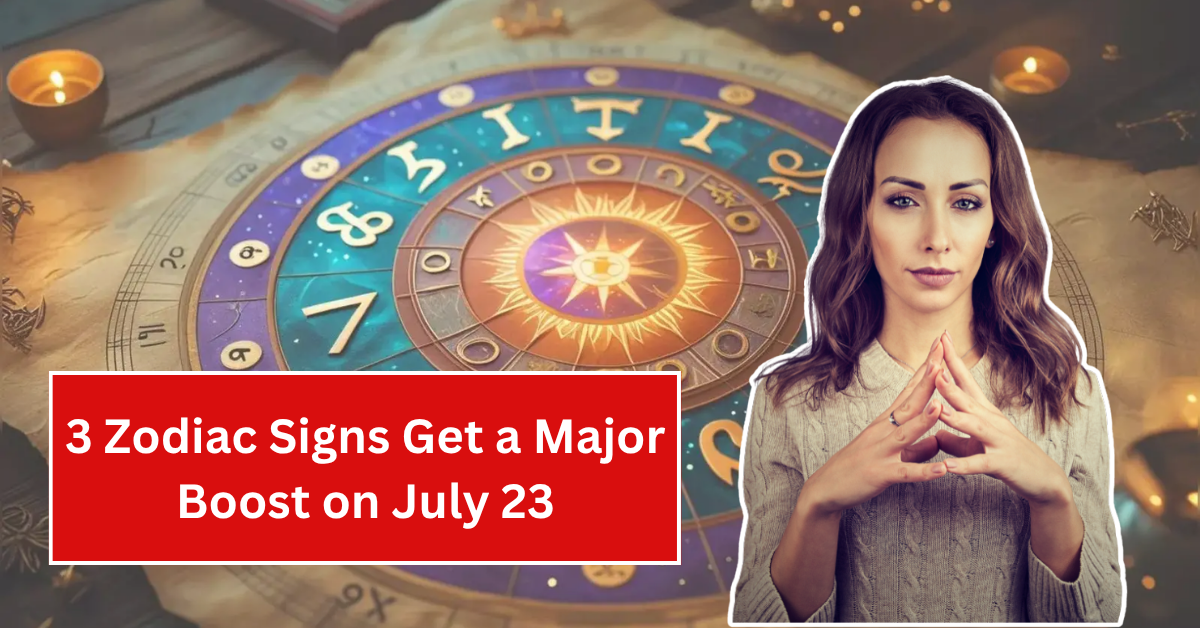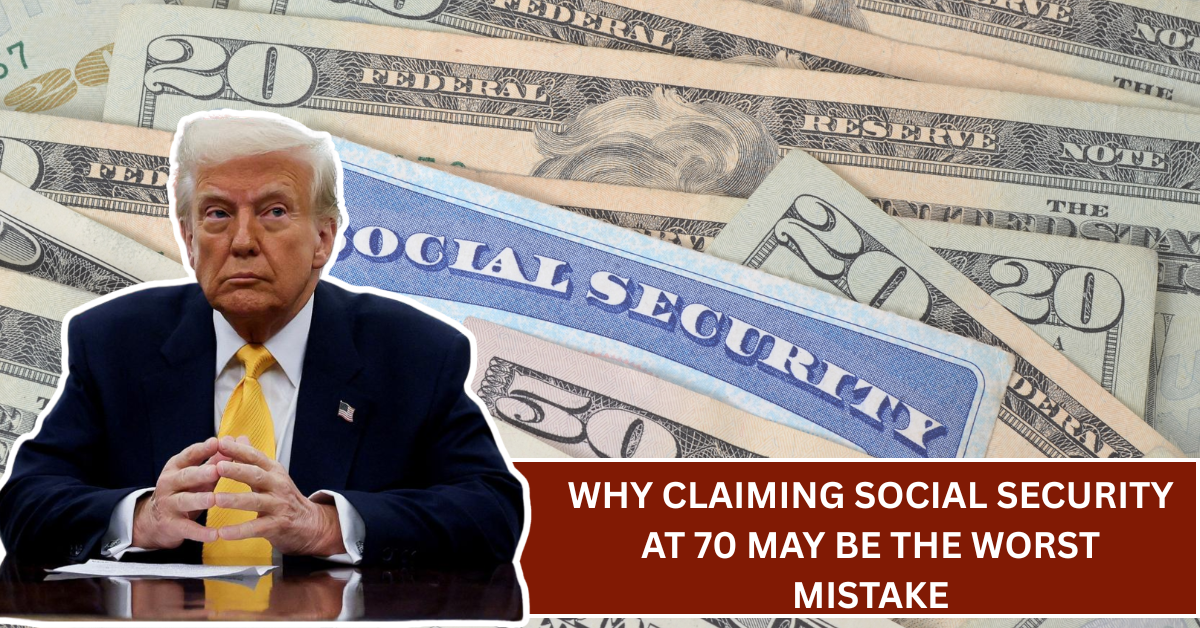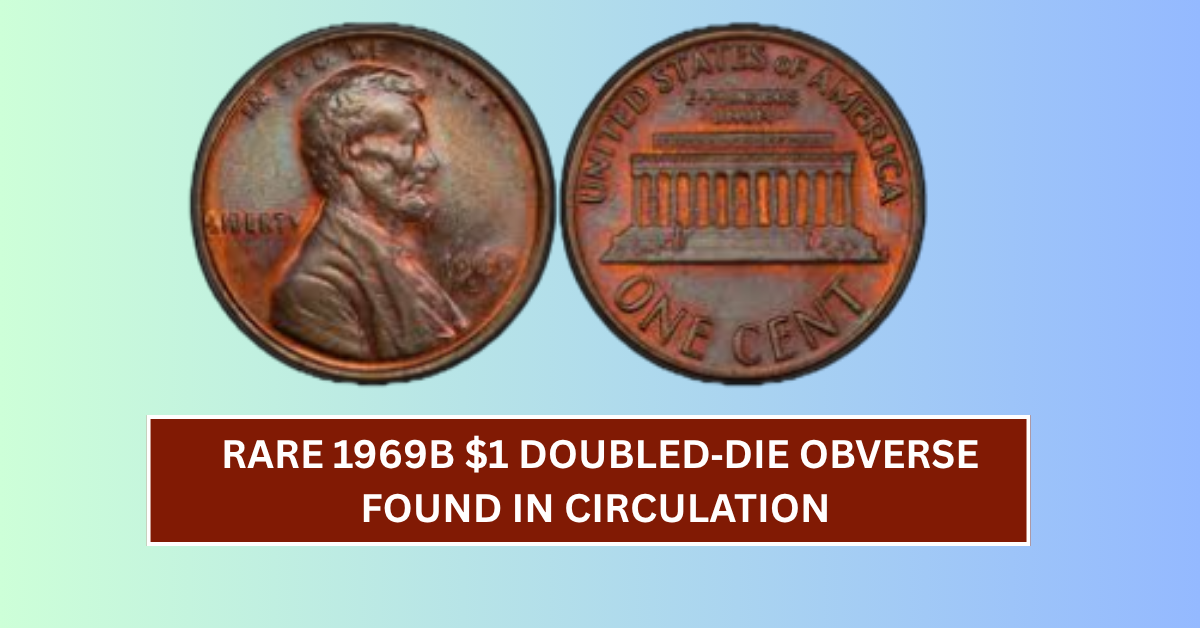
Coins are more than just everyday currency; they tell stories and hold secrets that can surprise collectors. One such fascinating find is the 1969B $1 Doubled-Die Obverse coin, a rare treasure hiding quietly in change. This coin has caught the attention of collectors worldwide due to its unique doubling details, especially on the words “IN GOD WE TRUST.”
In July 2025, an auction hammered down at a remarkable $7,000 for this rare coin, sparking new excitement among hobbyists and investors alike. Let’s dive into what makes this coin special, how to spot the doubling with a magnifier, and why it has become a must-watch item for currency collectors today.
What Is a Doubled‑Die Coin?
This Article Includes
- 1 What Is a Doubled‑Die Coin?
- 2 Details of Doubling on “IN GOD WE TRUST”
- 3 Magnifier Tips to Spot Doubling Easily
- 4 Why Did the $7,000 Auction Price Reignite Collector Buzz?
- 5 How to Start Your Own Collection of Doubled‑Die Coins
- 6 What Makes Doubled‑Die Coins Valuable for Indian Collectors?
- 7 Final Thoughts: Could You Have a Hidden Treasure?
A doubled‑die coin happens during the minting process when the coin die—the tool used to strike the coin—has a doubled image. This means that some parts of the coin design appear doubled or shadowed. These errors can make certain coins rare and valuable. The 1969B $1 dollar coin is one such example, featuring clear doubling on its obverse, or front, side.
In India and worldwide, coin collectors love finding doubled‑die coins because they are considered errors that occurred naturally during production, not manufactured later. This rarity often makes them more valuable than regular coins.
Details of Doubling on “IN GOD WE TRUST”
The most evident feature on the 1969B $1 Doubled-Die is the doubling on the phrase “IN GOD WE TRUST.” When you look closely, you can see the letters slightly doubled, especially the letters G, O, and D. This doubling gives a shadow or blurry effect, which is a key indicator that your coin might be a rare doubled‑die.
This doubling is not due to wear or damage, but a minting error. Many casual observers may miss this detail because the doubling is subtle. Hence, it often remains unnoticed in everyday change until a sharp collector spots it.
Magnifier Tips to Spot Doubling Easily
If you want to check if your 1969B $1 coin has this doubling, a good magnifier or jeweler’s loupe is necessary. Here are some simple tips to help you spot it:
- Use a 10x magnifier for clear visibility of the lettering.
- Focus on the “IN GOD WE TRUST” phrase on the coin’s obverse side.
- Look closely at the letters G, O, and D for any shadow-like doubling.
- Examine under natural or bright light as shadows can be tricky in poor lighting.
- Compare your coin to a known regular 1969B $1 coin image online for reference.
With patience and proper lighting, spotting doubling is easier than many expect. Just handle the coin carefully to keep it in good condition.
Why Did the $7,000 Auction Price Reignite Collector Buzz?
In July 2025, a 1969B $1 Doubled-Die Obverse coin was auctioned for a stunning $7,000. This price shocked many because these coins usually change hands for much less. The high hammer price brought the coin back into the spotlight, catching the attention of both new and experienced collectors.
Several factors contributed to this price surge. First, the rarity of the doubled‑die error on such a common dollar coin is special. Second, the growing interest in coin collecting among younger generations and investors has pushed values higher. Lastly, auction excitement and competitive bidding helped raise the price beyond expectations.
How to Start Your Own Collection of Doubled‑Die Coins
If the story of the 1969B $1 Doubled‑Die Obverse interests you, starting your own coin collection can be rewarding and fun. Here’s how you can begin:
- Learn about common doubled‑die coins, starting with well-known years like 1969B.
- Invest in a good magnifier or loupe to examine coins closely.
- Join online coin forums or local coin clubs to connect with other collectors.
- Buy coins from reputable sources like certified dealers or trustworthy auction sites.
- Keep your coins clean and safe, stored in coin holders or albums.
With some patience and research, you too can find hidden treasures in your pocket change or local markets.
What Makes Doubled‑Die Coins Valuable for Indian Collectors?
Indian collectors have shown increased interest in international error coins like the 1969B $1 Doubled-Die for several reasons. Firstly, these coins represent a unique history and minting technique that differs from Indian coins. Secondly, they offer an affordable investment opportunity compared to some rare Indian coins.
Moreover, the global market for error coins is growing, and their values often rise with demand. By collecting such coins, Indian hobbyists can diversify their collections and potentially benefit from future price increases in the international market.
Final Thoughts: Could You Have a Hidden Treasure?
The story of the 1969B $1 Doubled-Die Obverse shows us how valuable coins can quietly hide in plain sight. Next time you receive change, take a closer look—you might just spot doubling on “IN GOD WE TRUST” that someone else missed. With the thrilling $7,000 auction reinforcing its status, this coin is one to watch.
Coin collecting is an exciting hobby that combines history, art, and a bit of detective work. Whether you’re young or old, familiar with coins or just starting, the 1969B $1 Doubled‑Die offers a perfect example of how even common coins can hold uncommon value.

